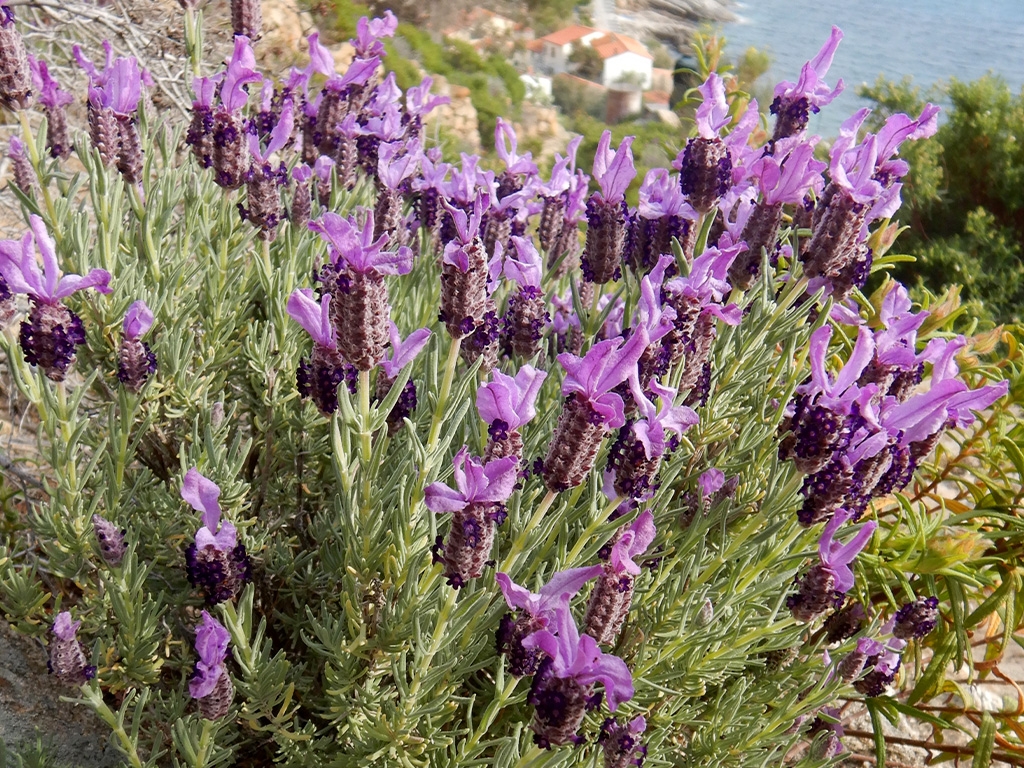
Lavender and the ethnobotanical tradition
The name of the lavender family derives from the gerund of the Latin verb lavare (to wash), alluding to the fact that these plants were used for washing and cleansing.
Today, wild lavender, known on Elba by the common name of isapo, is certainly used less, from an agricultural perspective, than L. officinalis, which is widely cultivated for various uses, particularly in perfumery and pharmacy.
However, literature (see the Percorso Etnobotanico di Capraia data sheets on www.islepark.it) describes traditional uses of wild lavender (L. Stoechas) as well, for medicinal purposes, its dried leaves and flowers made into herbal tea to aid digestion and suppress muscle spasms. Its flowering tops are also used in folk medicine due to the antiseptic action associated with their essential oil rich in camphor and fenchone. In cosmetics, a maceration of its buds in olive oil is applied to the skin as an anti-seborrheic. Cotton gauze bags containing flowers or other parts of this plant are used in bath water, to scent it or for a disinfecting and toning action on the skin. And lest we forget its classic domestic use, namely drying the flowers and placing them in small bags to scent wardrobes and garments, also repelling moths.
This plant is rich in nectar and popular with bees, producing an excellent honey.
Today, L. stoechas is increasingly used in gardens due to its relatively hardy nature, particularly in mild climates, and its beautiful flowers, which bloom before those of L. officinalis, already very widespread in nurseries. In addition, its flowers, whose shades range from purple to violet, endow green spaces with a different hue, making it possible to create a colourful terrace or garden using a local species, with no need for more exotic plants.
(Antonello Marchese, translation from Italian)

